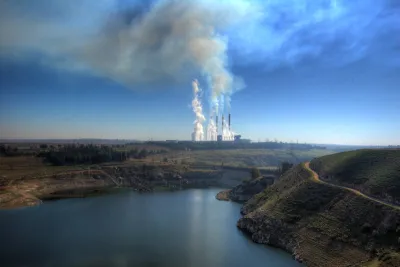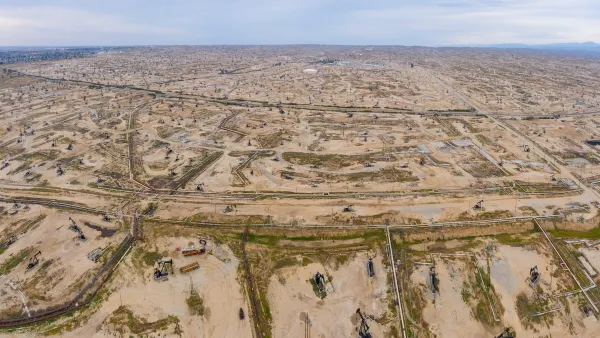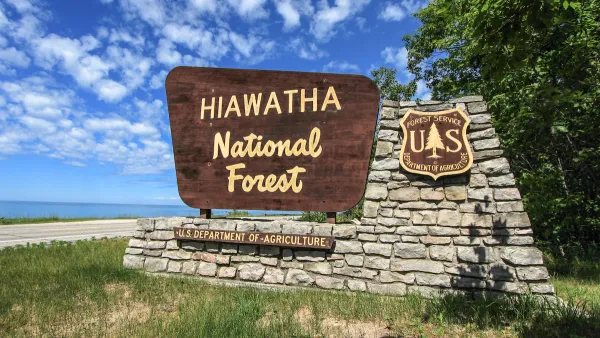Long considered unfeasible, direct-air capture of carbon dioxide has been achieved by a set of entrepreneurs. Scaled up, the expensive technology could slow climate change.

Akshat Rathi reports on a group of companies making significant strides on direct-air capture of CO2. Essentially, the process "consists of machines that work like a tree does, sucking carbon dioxide (CO2) out from the air, but on steroids—capturing thousands of times more carbon in the same amount of time."
Direct-air capture has been written off as financially unfeasible. "For the past decade, a group of entrepreneurs—partly funded by billionaires like Bill Gates of Microsoft, Edgar Bronfman Jr. of Warner Music, and the late Gary Comer of Land's End—have been working to prove those estimates wrong."
In a major step forward, "On Oct. 11, at a geothermal power plant in Iceland, [Switzerland's Climeworks] inaugurated the first system that does direct air capture and verifiably achieves negative carbon emissions." The machine is still at pilot scale, but it's also "the first system to convert the emissions into stone, thus ensuring they don't escape back into the atmosphere for the next millions of years."
Deployed at a far greater scale, direct-air capture could be an effective "insurance policy" against climate change. It would involve "spending $500 billion each year capturing carbon dioxide from the air. It seems outrageous, but it may not be if climate change's other damages are put in perspective—and that's what these startups are betting on."
FULL STORY: The world’s first “negative emissions” plant has begun operation—turning carbon dioxide into stone

National Parks Layoffs Will Cause Communities to Lose Billions
Thousands of essential park workers were laid off this week, just before the busy spring break season.

Retro-silient?: America’s First “Eco-burb,” The Woodlands Turns 50
A master-planned community north of Houston offers lessons on green infrastructure and resilient design, but falls short of its founder’s lofty affordability and walkability goals.

Delivering for America Plan Will Downgrade Mail Service in at Least 49.5 Percent of Zip Codes
Republican and Democrat lawmakers criticize the plan for its disproportionate negative impact on rural communities.

Test News Post 1
This is a summary

Test News Headline 46
Test for the image on the front page.

Balancing Bombs and Butterflies: How the National Guard Protects a Rare Species
The National Guard at Fort Indiantown Gap uses GIS technology and land management strategies to balance military training with conservation efforts, ensuring the survival of the rare eastern regal fritillary butterfly.
Urban Design for Planners 1: Software Tools
This six-course series explores essential urban design concepts using open source software and equips planners with the tools they need to participate fully in the urban design process.
Planning for Universal Design
Learn the tools for implementing Universal Design in planning regulations.
EMC Planning Group, Inc.
Planetizen
Planetizen
Mpact (formerly Rail~Volution)
Great Falls Development Authority, Inc.
HUDs Office of Policy Development and Research
NYU Wagner Graduate School of Public Service





























